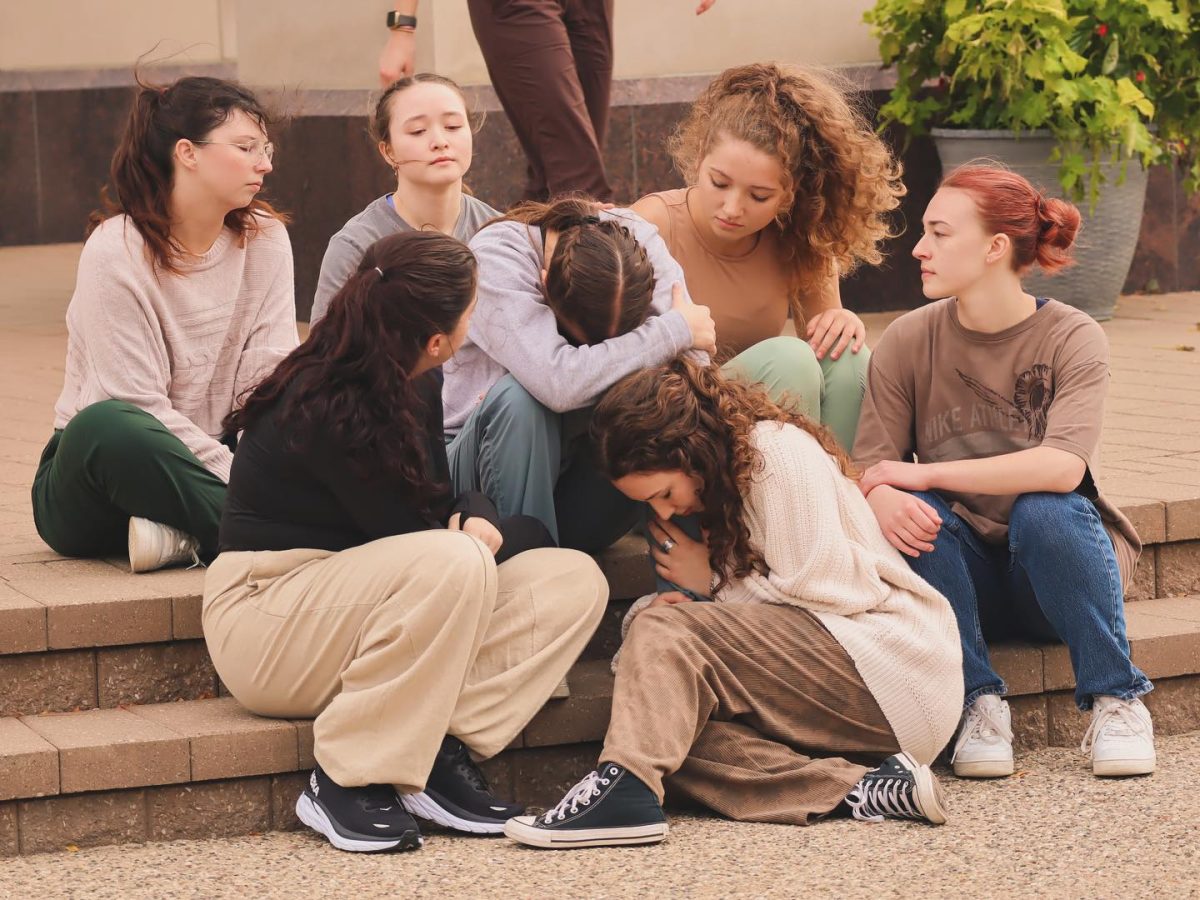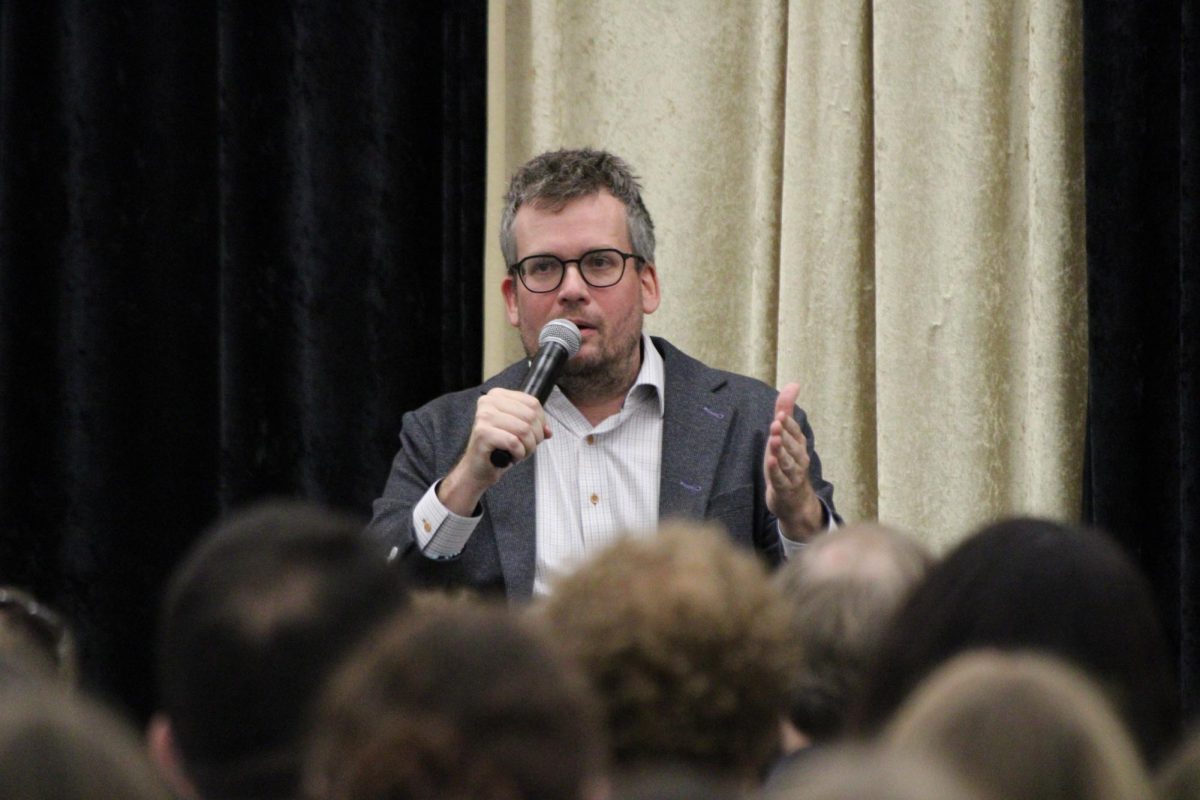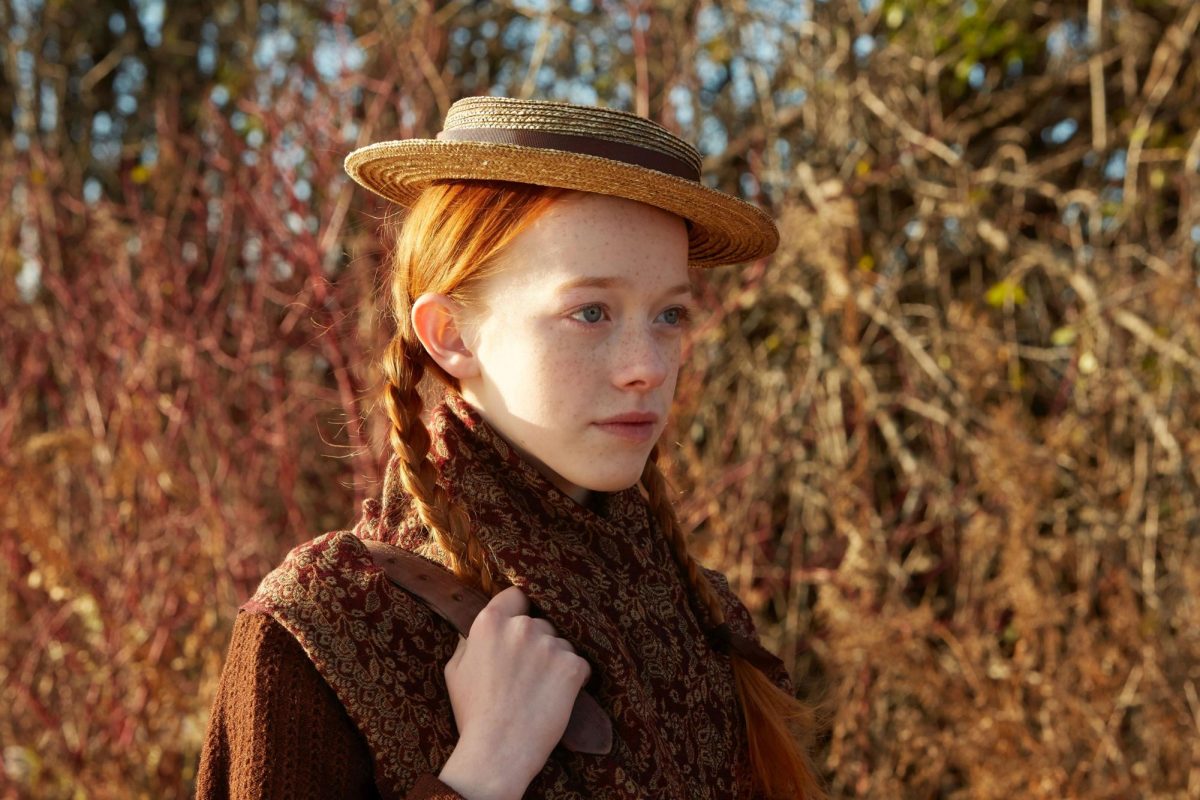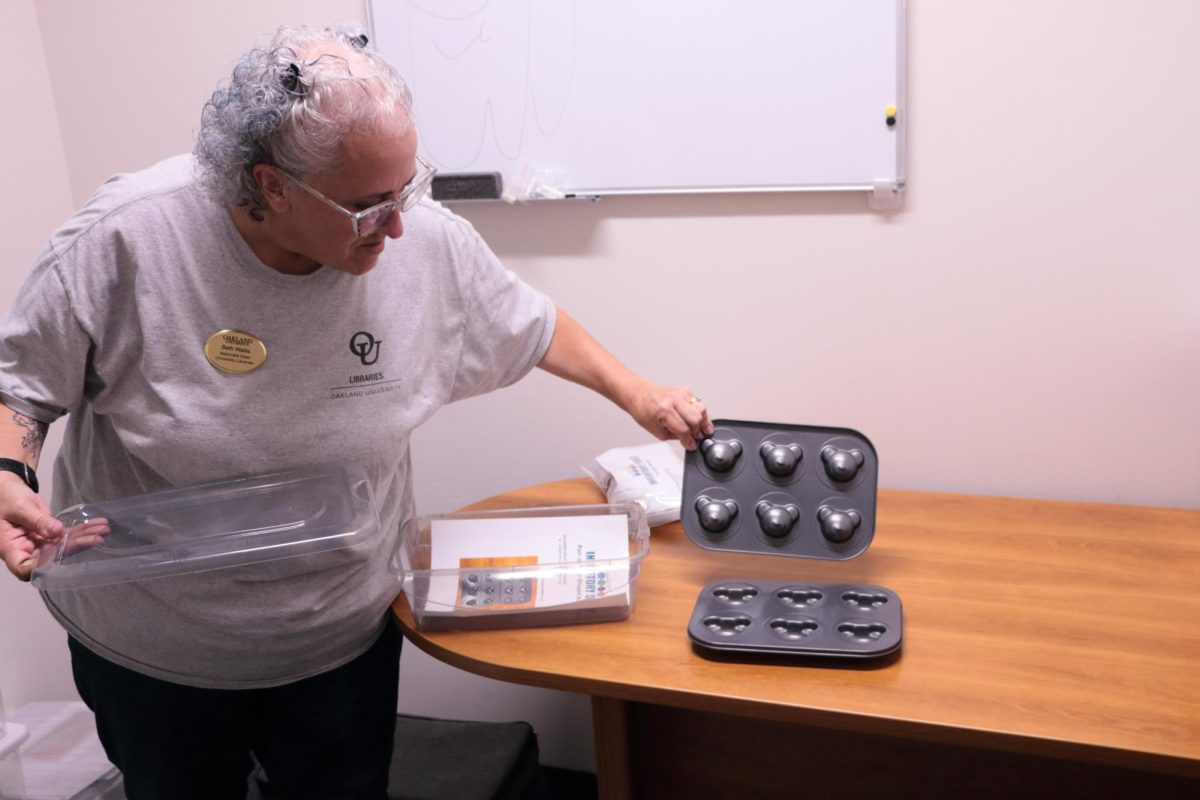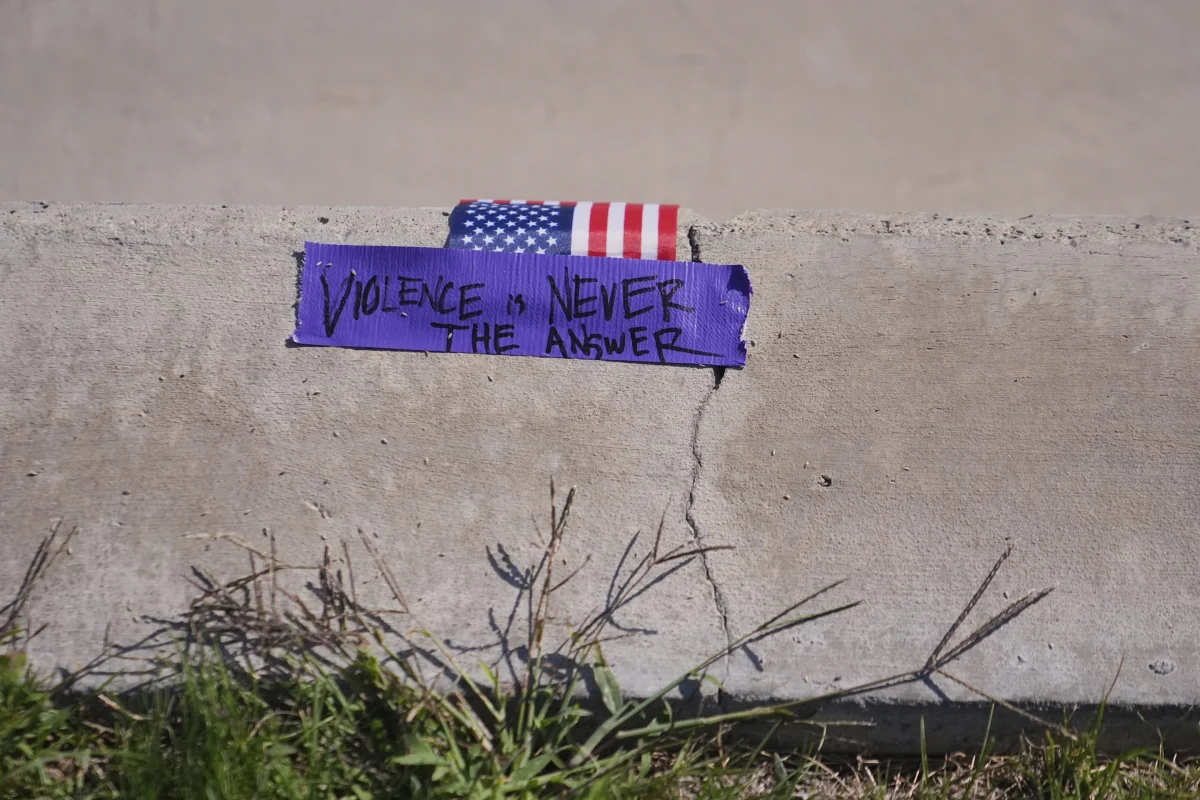On Friday, Oct. 5, Oakland University Dance Department’s Repertory Dance Theatre returned to Elliott Tower for the fifth annual Bodies in Protest event.
Originally created in response to the heightened social unrest following the COVID-19 pandemic, Bodies in Protest uses the art of dance to enter important dialogues such as women’s rights and water politics. The theme is selected yearly by students under the guidance of the Director of OU’s Repertory Dance Company, Thayer Jonutz.
“This year they felt unified in expressing community in all of its many facets,” Jonutz said. “They drew from stories from their communities, they did some research online and found some interesting quotes and stories that they drew from and that was the base.”
Development of the performance begins at the start of the semester, meaning students have a little over a month to fully coordinate the event. As a student-choreographed piece with a tight production timeline, collaboration and unity were central to its success.
“It’s a little different than what usually happens in a studio space because we as the dancers collectively work together,” student performer June Wallace said. “It’s super fun to be able to collaborate with the people that you’re dancing with all of the time to create a piece and bring it to life out here.”
The performance began following the 10:30 a.m. ringing of the clock tower bell while dancers emerged from the audience and surrounded the plaza to the opening lines of Micheal Jackson’s “Heal the World.”
Elliott Tower, a familiar campus centerpiece and rallying point for student activities, heightened the vibrancy of the performance. As onlookers passed by, they caught snippets of music and narration, creating a dynamic blend of art and everyday campus life.
“Some people didn’t even know this was happening and they just walked by and noticed it,” student performer Alyssa Sedlock said. “We are trying to get it across to as many people as possible and we wanted it to kind of be sporadic so that it was something that caught their eye and really affected them.”
As the performance progressed, the audience steadily grew in number to witness the unfolding narrative. For audience member and freshman dance major Layla Sherman, this experience impacted her understanding of community.
“Even though they were struggling, they came together,” Sherman said. “They brought everything with them, even the things they were struggling with.”
The theme of coming together was underscored in the choreography, sound and overall structure of the performance. The dancers drifted apart and interweaved with passersby, yet they always returned to the group. Ultimately, just as the dancers began in the audience, they concluded the performance by returning to it.
This year’s Bodies in Protest was not only a dance performance, but it also blurred the lines between audience and performer, transforming the act of protest into a shared experience.
“It’s that idea of bringing people together regardless of upbringing or background, views, anything of that kind of sort,” Wallace said. “At the end of the day, we all bleed the color red.”



